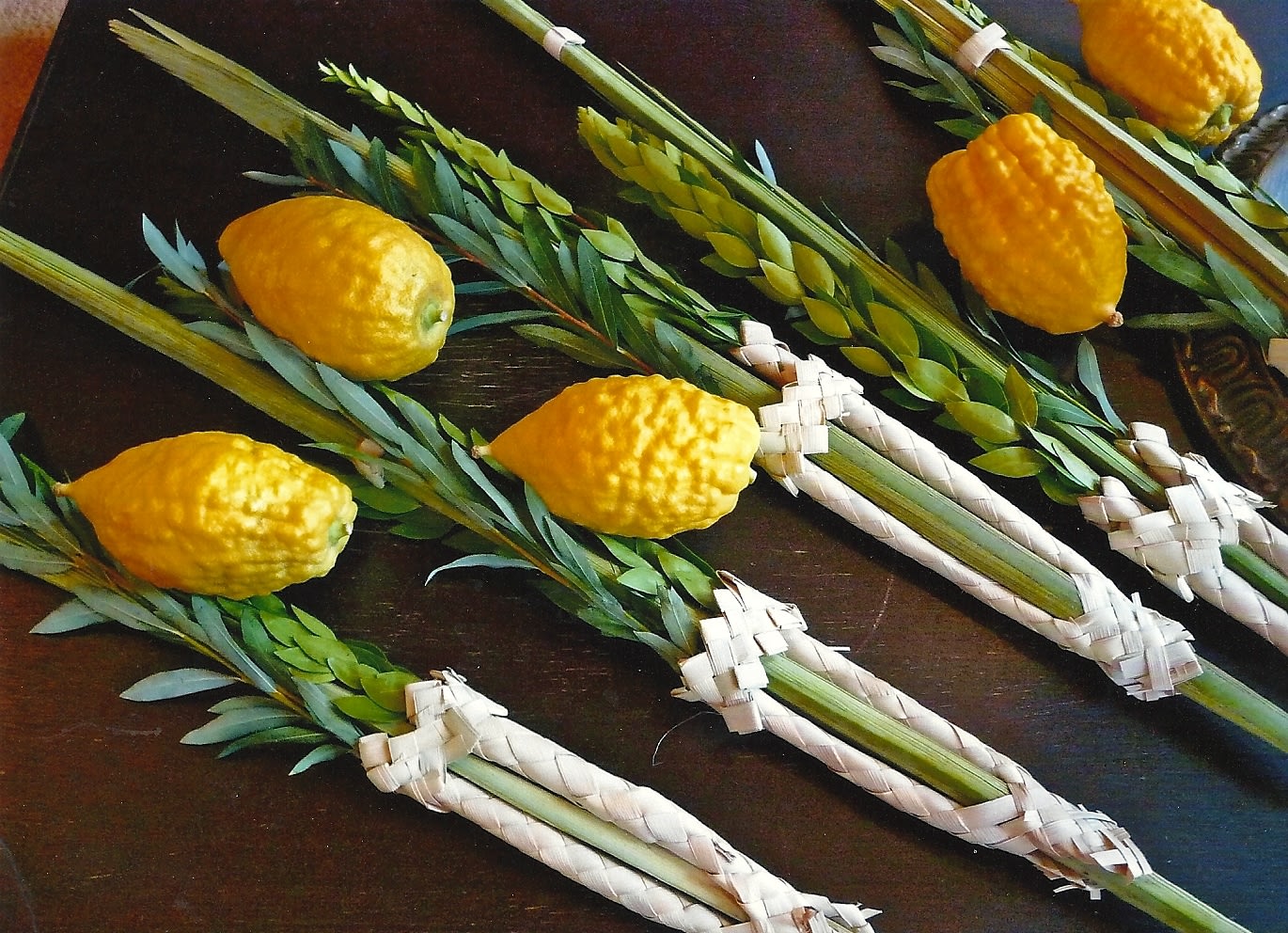At Sukkot we fulfill the mitzva of taking the four species – etrog (citron), lulav (palm), hadas (myrtle) and arava (willow). While we must take all four kinds to fulfill the mitzva, we refer specifically to the mitzva of “lulav”. The lulav is also the central species and the longest, and the bracha refers only to it. We can relate this halakhic fact to the special symbolism of the lulav.
The Midrash (Vayikra Rabba on Vayikra 23:40) likens the etrog, which has both taste and fragrance, to Jews who have both learning and good deeds; the palm, which has taste (the date) but no fragrance to those who have learning but lack good deeds; the myrtle, which has fragrance but no taste to those who do good deeds but lack Torah; and the willow to those who lack both Torah and good deeds. At Sukkot we bind all of these species together to emphasize that all Jews are united and interdependent.
Clearly the etrog, which represents Torah scholars who also do acts of lovingkindness, has a special advantage over the lulav because of its taste, fragrance and special beauty. We can relate this to the fact that the etrog is held separately in the left hand while all the other species are bound together in the right.
Even so, the community as a whole is generally organized around the lulav: those Torah leaders who are devoted mainly to Torah, even at the expense of expanding their acts of chesed. The values of the Torah are what give us the inner strength to devote ourselves to acts of lovingkindness, and not to acts of selfishness.
Another Midrash (on the same verse) relates each species to a different human organ. The etrog is like the heart, the lulav like the spine, the myrtle and willow leaves remind us of the eyes and mouth. This analogy complements the previous one. The heart is certainly more important than the spine; yet it is around the spine which the structure of the body is organized, and it is this organ which gives us our ability to stand upright.
Likewise, Jews who have both learning and good deeds are the heart of our people. Yet is is specifically Torah learning which is at the center of our national organization and which gives us the might to stand tall among the nations.
So while Sukkot is the holiday of universal harmony and brotherhood, in which all the different types of people join together in a single bond, Torah learning remains at its center.
Rabbi Asher Meir is the author of the book Meaning in Mitzvot, distributed by Feldheim. The book provides insights into the inner meaning of our daily practices, following the order of the 221 chapters of the Kitzur Shulchan Aruch.
The words of this author reflect his/her own opinions and do not necessarily represent the official position of the Orthodox Union.
